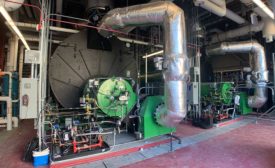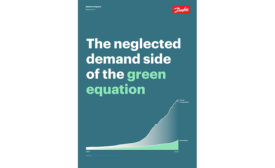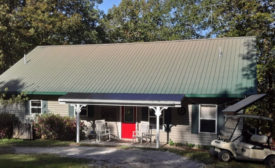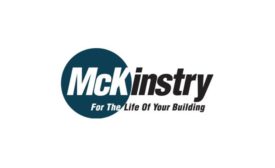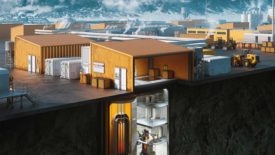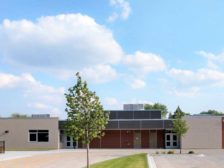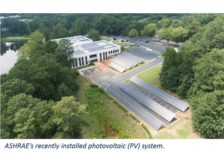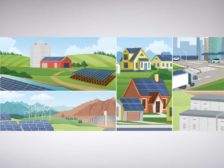Home » Keywords: » solar
Items Tagged with 'solar'
ARTICLES
TODAY’S BOILER | JULY 2023
When it comes to sustainable energy, the key is to diversify.
Read More
White Paper
White Paper: The Neglected Demand Side of the Green Equation
Without urgent action to curb energy demand, the buildout of renewables will be insufficient to meet the needs of a growing population.
November 19, 2022
Low-Cost Direct Solar PV Water Heating
The concept of direct PV solar water heating is an effective option.
August 23, 2022
The Sustainable Future of Backup Power Generation
How can companies achieve carbon neutrality if they still need diesel generators?
May 24, 2022
Be in the forefront of the mechanical engineering industry!
Join thousands of professionals today. Shouldn’t you know what they know?
JOIN NOW!Copyright ©2024. All Rights Reserved BNP Media.
Design, CMS, Hosting & Web Development :: ePublishing
